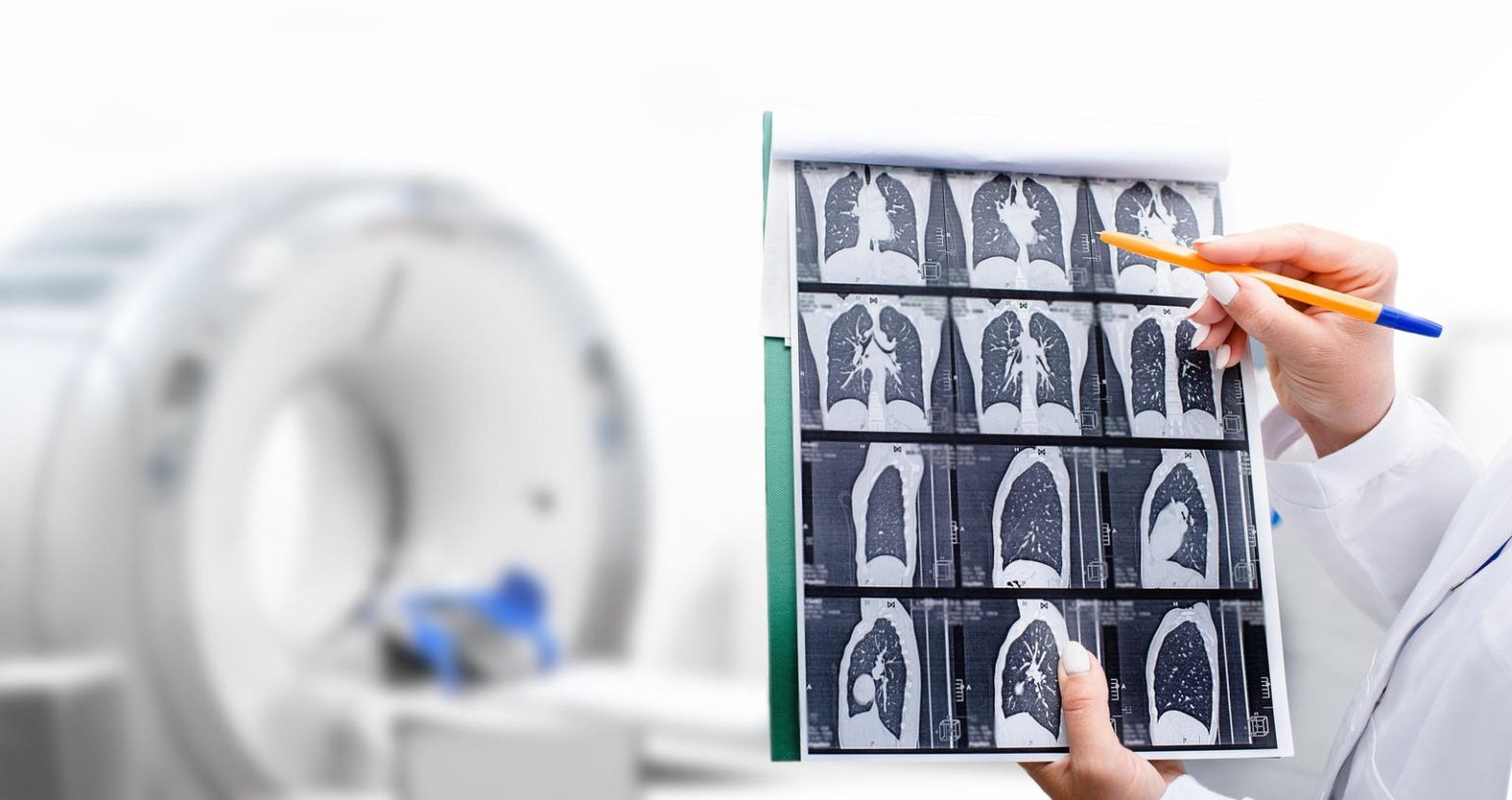New research from Dutch researchers suggests that early detection of lung cancer in older smokers through computed tomographic screening may be more effective than quitting smoking. The study found that the earlier the diagnosis via CT scan, the better the chance of successful treatment with the newer modalities available to lung cancer patients. Additionally, CT scans could lead to cost savings in the healthcare system, making it a potentially beneficial strategy for high-risk individuals.
Lung cancer is a major cause of cancer-related deaths globally, accounting for nearly 20% of all cancer deaths. It causes more deaths each year than breast, colorectal, and prostate cancers combined. The study conducted by the Erasmus MC University Medical Center in Rotterdam found that smokers over the age of 60 may derive more benefit from early detection through CT scans than from smoking cessation programs. The study suggested that up to ten years of life could be saved through early detection of lung cancer.
While quitting smoking is always beneficial, especially for younger individuals, its effectiveness in preventing the development of lung cancer is limited among older smokers. By the age of 60, individuals are already at a higher risk for lung cancer, making early detection crucial for successful intervention. The study showed that the five-year survival rate is significantly higher when lung cancer is detected early, compared to when it has already spread to other parts of the body. This could also lead to long-term cost savings for the healthcare system.
The clinical trial conducted in the Netherlands involved more than 13,000 high-risk male individuals who were randomly assigned to volume-based low-dose CT screening, with around 2,600 high-risk women also participating in the study. The results showed a reduction in lung cancer mortality among those who underwent CT screening compared to those who did not. The Erasmus Medical Center in Rotterdam then conducted a large-scale pilot survey among high-risk individuals, inviting 400,000 people to participate.
Following the publication of these findings, other European countries such as Germany, Spain, Italy, and France have initiated similar demonstration projects to assess the efficacy of CT screening in high-risk populations. In the United States, guidelines recommend lung cancer screening for high-risk individuals between the ages of 50-80 who have a history of smoking and are current or former smokers. Studies have shown that early detection through low-dose CT screening can reduce lung cancer mortality by 20% or more in high-risk populations.
In the Netherlands, CT scans are currently only conducted when individuals present possible symptoms of lung cancer. However, researchers are recommending implementing routine population screening among high-risk individuals, similar to screenings done for colorectal and cervical cancer. By calling upon individuals above a certain age with risk factors such as smoking history, for regular CT scans, it may be possible to detect precancerous lesions early and improve outcomes for lung cancer patients. The Dutch Health Council is expected to offer its advice soon on introducing routine lung cancer screening in the Netherlands, based on the findings from these studies.


